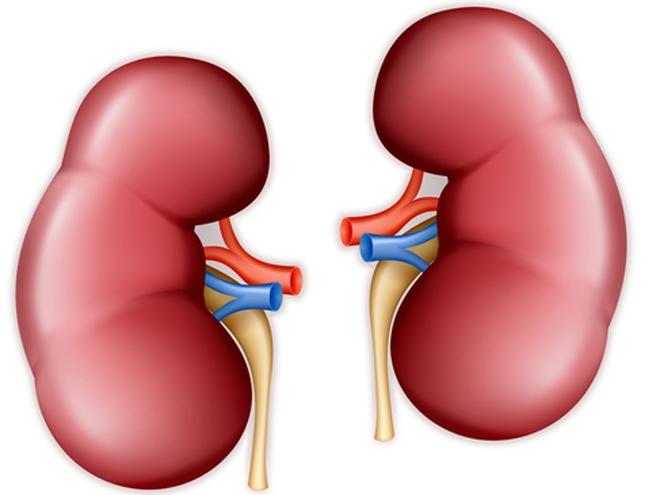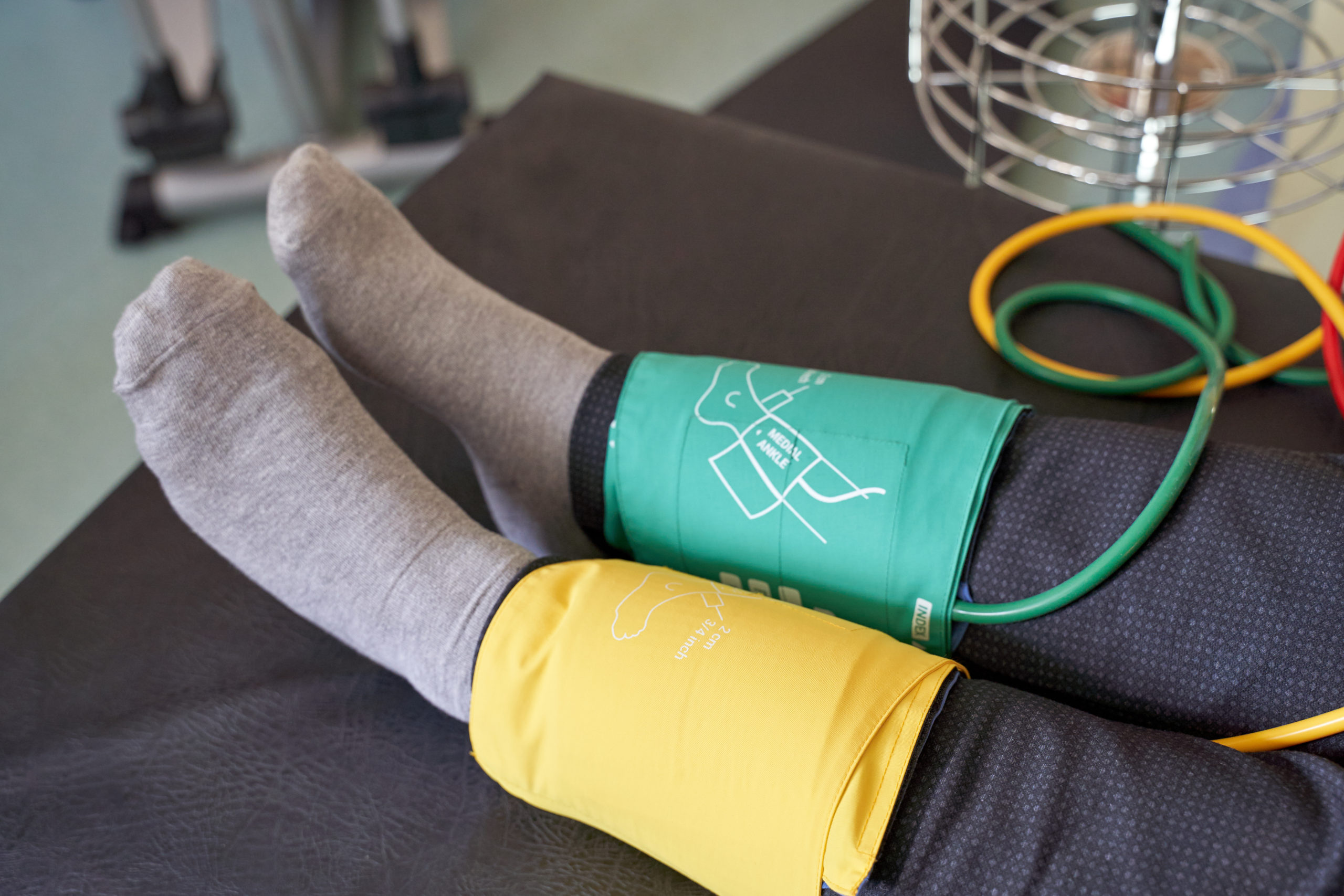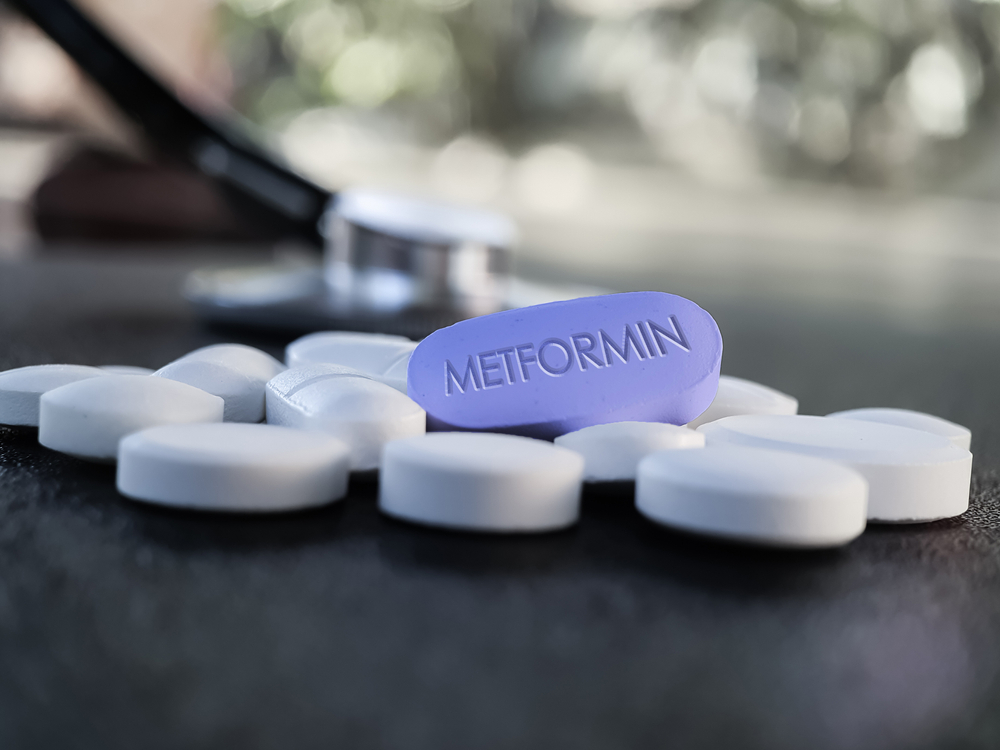
Patients with anemia due to chronic kidney disease (CKD) are commonly treated with erythropoiesis-stimulating agents (ESAs). In addition to the acquisition costs of the drug, treatment with ESAs includes other direct and indirect costs associated with the needle-based administration (e.g., time spent by healthcare staff administering the therapy and patient and caregiver time spent receiving or assisting with therapy).
Marjolaine Gauthier-Loiselle, PhD, and colleagues conducted an assessment to estimate the excess costs associated with the needle-based administration of ESAs for the treatment of anemia due to non-dialysis-dependent CKD (NDD-CKD) in the United States in 2019. Results were reported in the Journal of Managed Care & Specialty Pharmacy (2021;27(12):1703-1713].
The researchers defined excess costs associated with ESA administration as the sum of annual costs that could be avoided with the introduction of an oral treatment with comparable efficacy and safety to ESAs. Components of costs included direct healthcare costs, costs of transportation, and costs related to loss of work productivity for both patients and caregivers as applicable. Data from scientific publications, governmental agencies, and the results of a recent survey of patients and caregivers of patients with anemia and CKD in the Untied States were used for the cost estimates. Also considered in the analysis were administration site (home vs clinic), frequently of administration, and insurance type.
At the societal level, the estimated 2019 annual excess costs associated with administration of ESAs in the United States were $2.5 billion, based on an estimated 462,005 patients with amenia and NDD-CKD treated with ESAs. Overall, $2.4 billion of those costs (94.4%) were incurred from in-clinic ESA administration. When stratified by insurance type, patients with Medicare coverage accounted for $2.0 billion of the total annual excess costs (79.4%).
Direct healthcare costs were the largest contributor to the total annual excess costs ($1.4 billion; 54.9%), followed by patient work productivity loss costs ($846 million; 33.9%), caregiver work productivity loss costs ($197 million; 7.9%), and transportation costs ($81 million; 3.3%).
The total annual excess costs of in-clinic administration ranged from $2572 per patient receiving monthly administration to $20,948 per patient receiving administration three times per week. Total annual excess costs of at-home administration ranged from $1123 per patient receiving monthly administration to $2109 per patient receiving administration three times per week. For each ESA administration, total excess costs were estimated at $128 per in-clinic administration and $7 per at-home ESA administration, excluding costs of monitoring.
In conclusion, the authors said, “The needle-based administration of ESAs in patients with NDD-CKD is associated with a substantial economic burden. The introduction of an oral treatment has the potential to result in important cost savings from a societal perspective.”
The study was funded by Otsuka Pharmaceutical Development and Commercialization, Inc., and Akebia Therapeutics, Inc.







 © 2025 Mashup Media, LLC, a Formedics Property. All Rights Reserved.
© 2025 Mashup Media, LLC, a Formedics Property. All Rights Reserved.